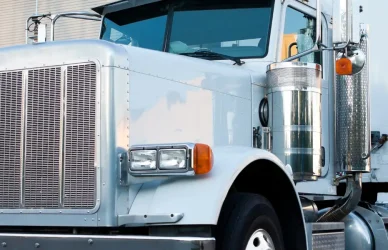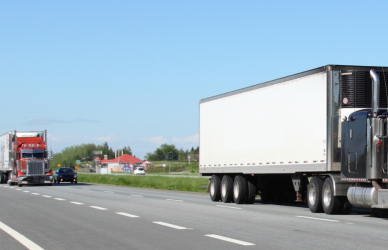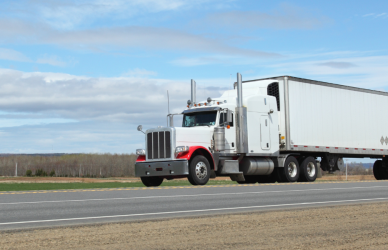Navigating through construction zones can be a daunting task for anyone, but especially for truckers, as they face various challenges that can impact both safety and productivity. However, with the right knowledge and strategies, truck drivers can successfully maneuver through these construction zones while ensuring their safety and maintaining optimal productivity. In this blog post, we will provide practical tips for truckers who find themselves navigating challenging construction zones.
Plan Ahead and Stay Informed
To successfully navigate construction zones, truckers must prioritize planning and stay informed about road conditions. Before embarking on a journey, check for any construction updates or road closures using reputable resources such as traffic management websites or apps specifically designed for truckers. This will allow you to plan alternative routes and anticipate potential delays, ensuring a smoother and more efficient journey.
Follow Construction Zone Signage
Construction zones are typically marked with clear signage, including speed limits, lane closures, and detour instructions. It is crucial for truckers to pay close attention to these signs and strictly adhere to them. By following the designated routes and speed limits, you minimize the risk of accidents and fines while maintaining overall safety.
Maintain Safe Distances
Construction zones often involve the presence of heavy machinery and workers on foot. To ensure everyone’s safety, truckers should maintain safe distances from other vehicles, construction equipment, and workers. Increase your following distance and be prepared to brake or change lanes if necessary. Keeping a safe distance allows you to react promptly to sudden changes in traffic flow or any unexpected events.
Stay Alert and Reduce Distractions
In challenging construction zones, it is crucial for truckers to stay fully focused on the road. Minimize distractions by avoiding the use of mobile phones, adjusting electronic devices, or engaging in other activities that may divert your attention. By remaining alert, you can quickly respond to any potential hazards and make informed decisions.
Communicate and Coordinate
Communication is key when navigating construction zones. Maintain contact with your dispatcher, as well as fellow truckers to stay updated on any changes or important information. Additionally, be patient and cooperative with construction workers. Following their instructions and cooperating during lane merges or other maneuvers will contribute to smoother traffic flow and enhanced safety for everyone involved.
Navigating Detours Effectively
Construction zones often require detours that may deviate from the usual routes. When faced with a detour, it is important for truckers to navigate them effectively. Pay close attention to detour signs and follow the designated route provided. Take note of any specific restrictions or height/weight limitations that may affect your truck. Plan your detour route in advance to ensure it can accommodate your vehicle’s size and weight.
Additionally, use reliable navigation tools or GPS systems that are updated with real-time traffic information. These tools can help you find the most efficient detour routes and avoid potential roadblocks or congested areas. Stay patient and flexible during detours, as they may involve narrower roads or increased traffic. Pay special attention to bridges and overpasses as these are key areas where knowing the height and weight of your truck and load is crucial. Adapting your driving technique accordingly and maintaining a safe speed will help you navigate detours smoothly while prioritizing safety.
Truckers navigating challenging construction zones can ensure their safety and productivity by implementing essential advice and practical tips. Remember, prioritizing safety is paramount, and with the right mindset and preparation, truckers can confidently navigate these challenging areas and reach their destinations safely.











